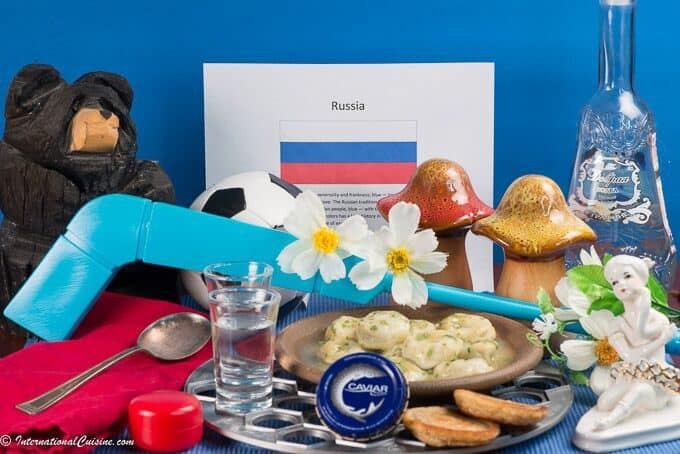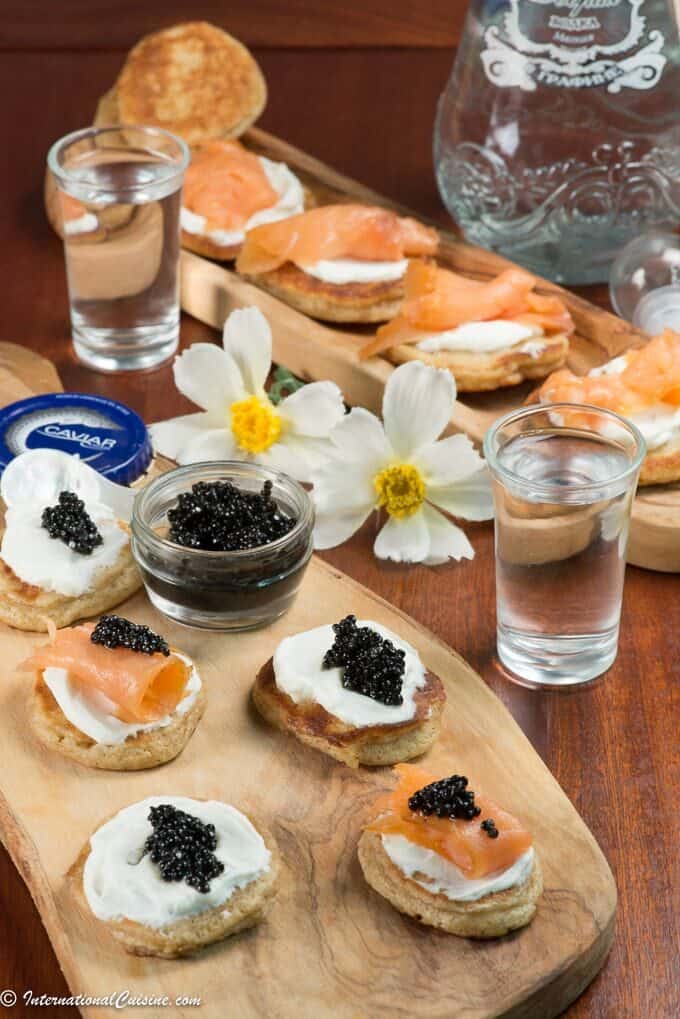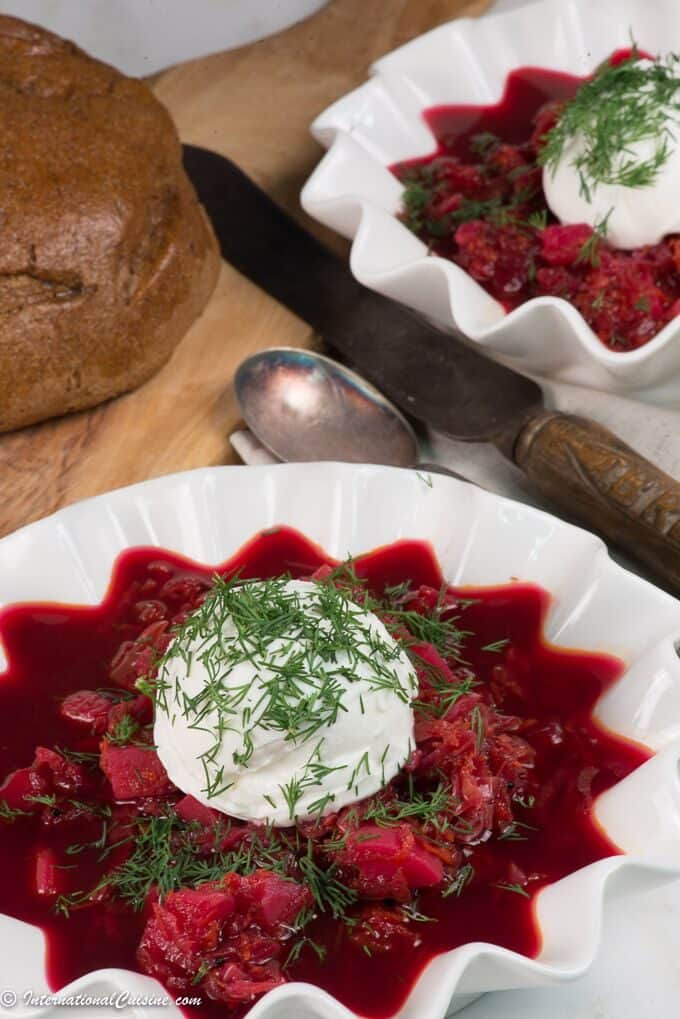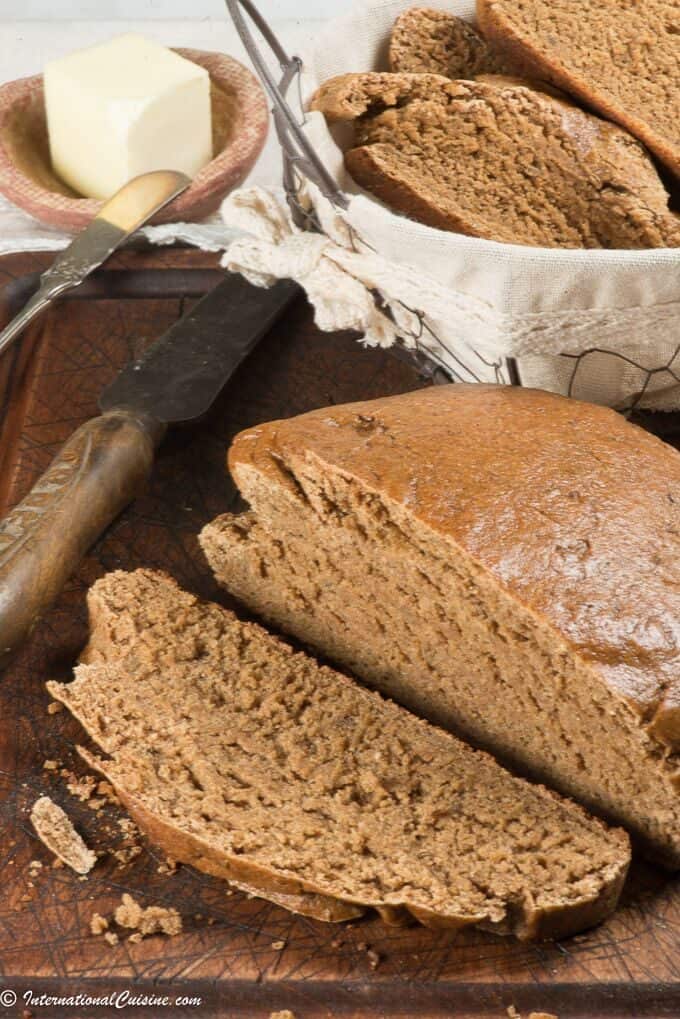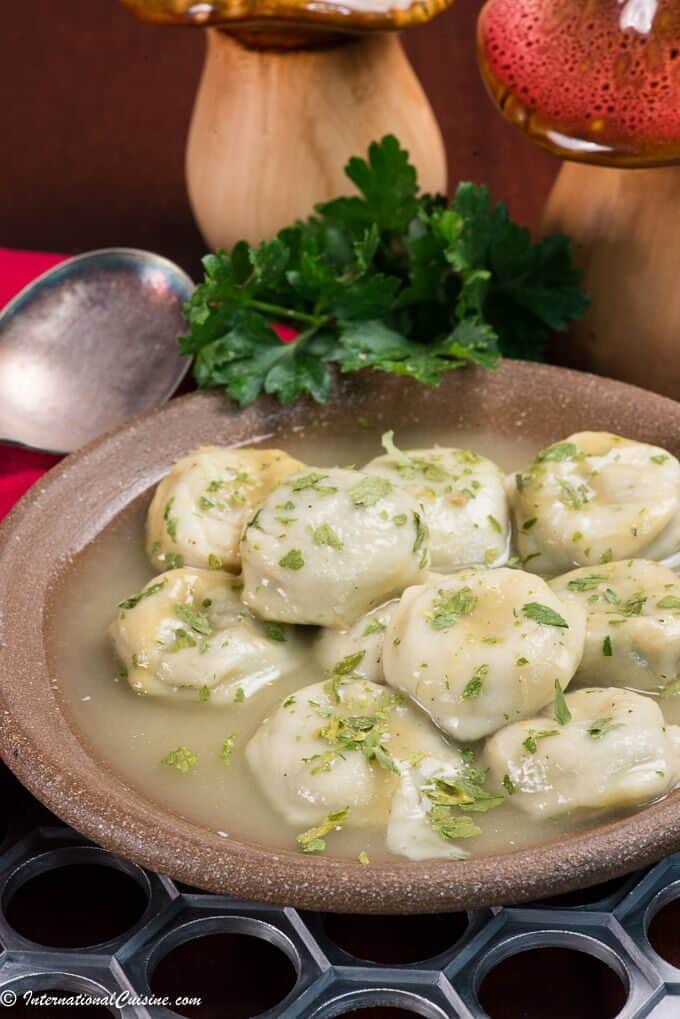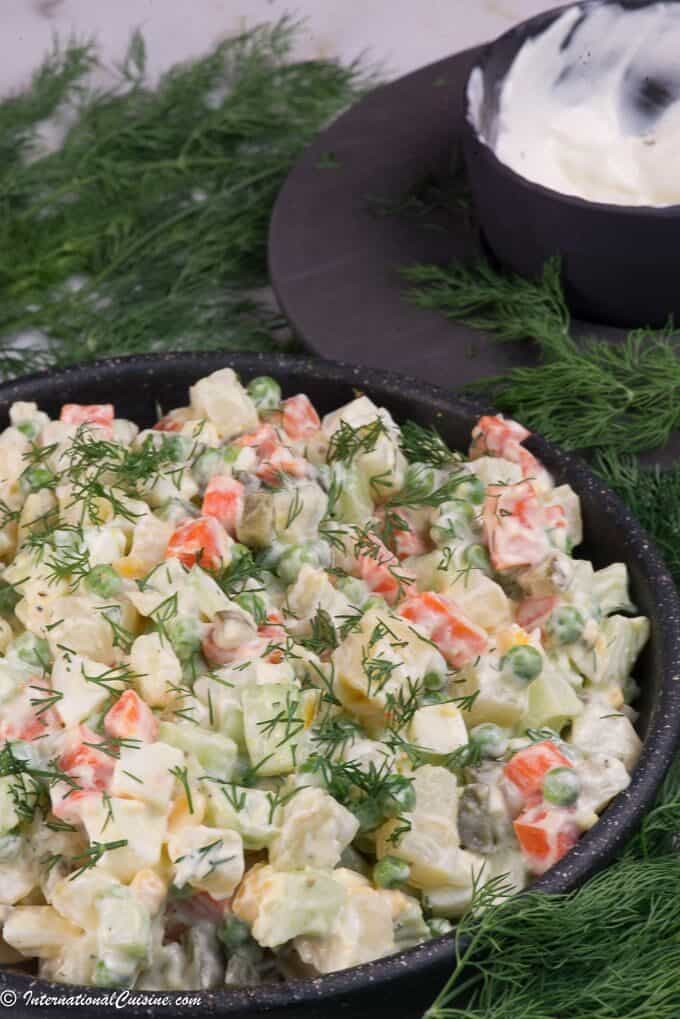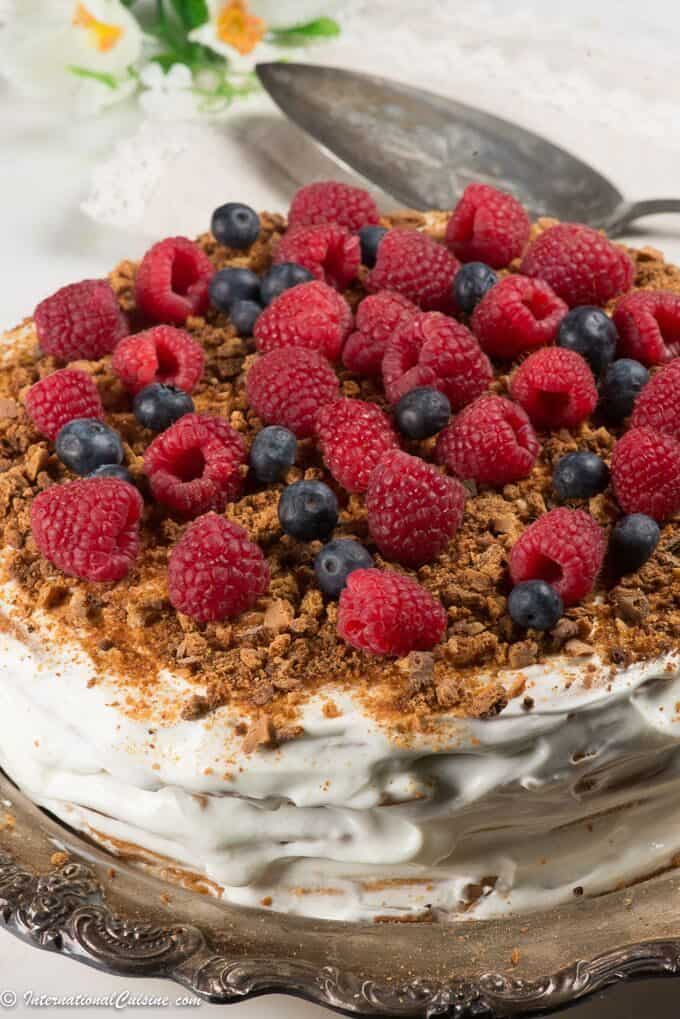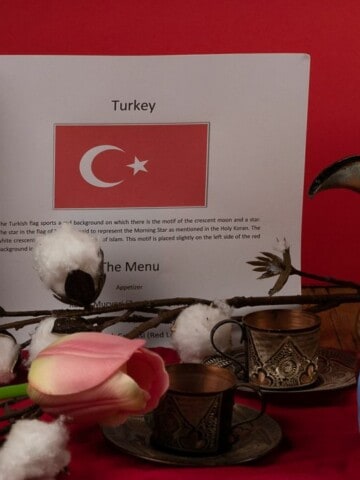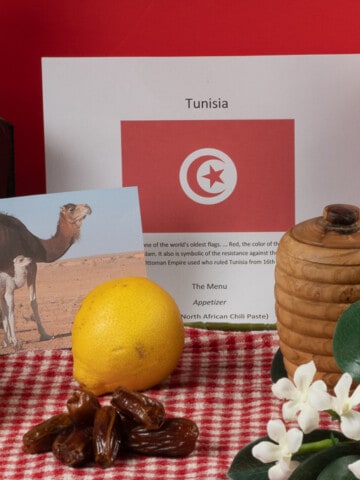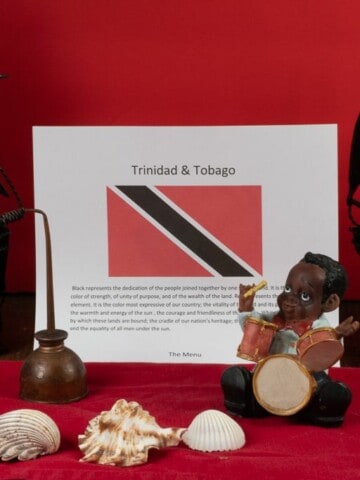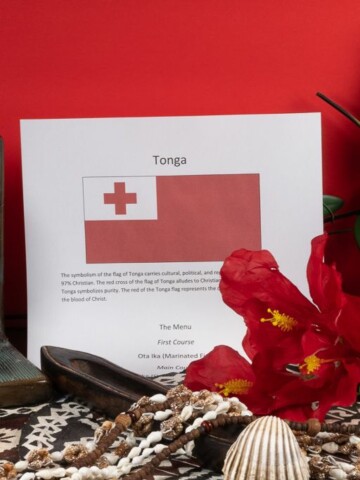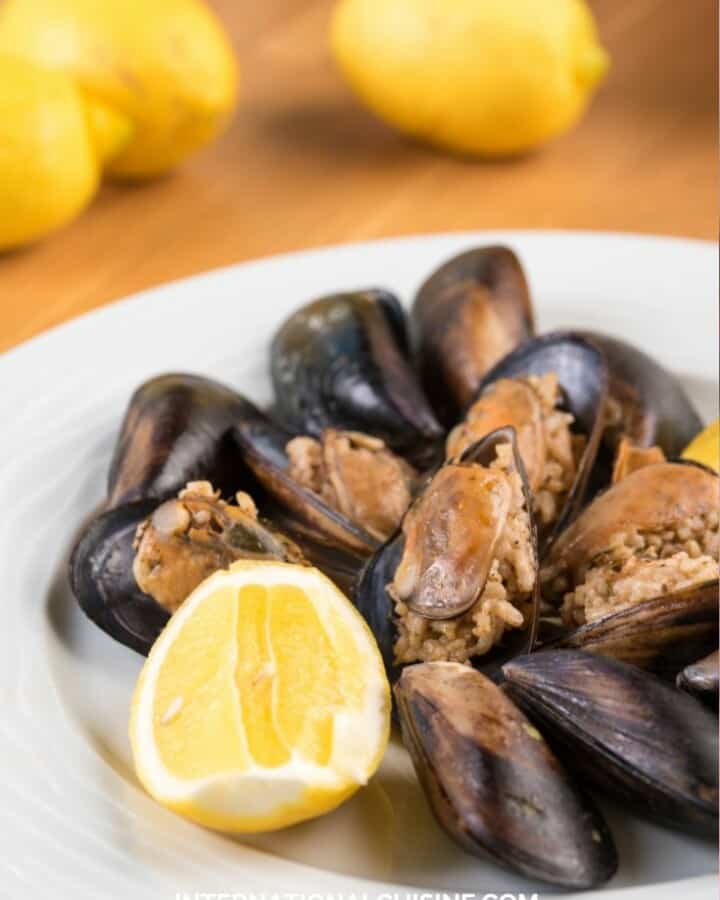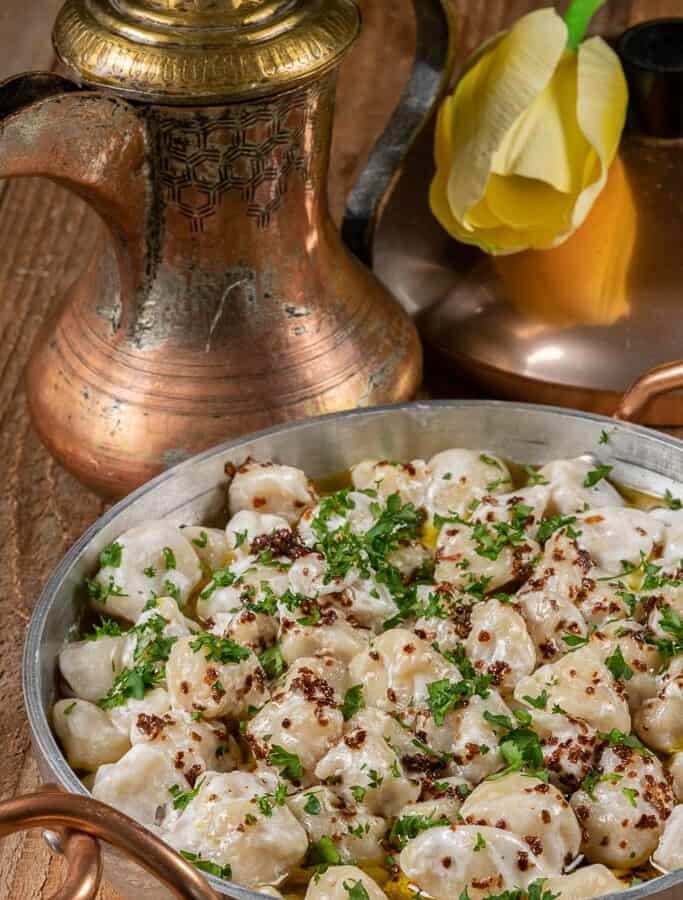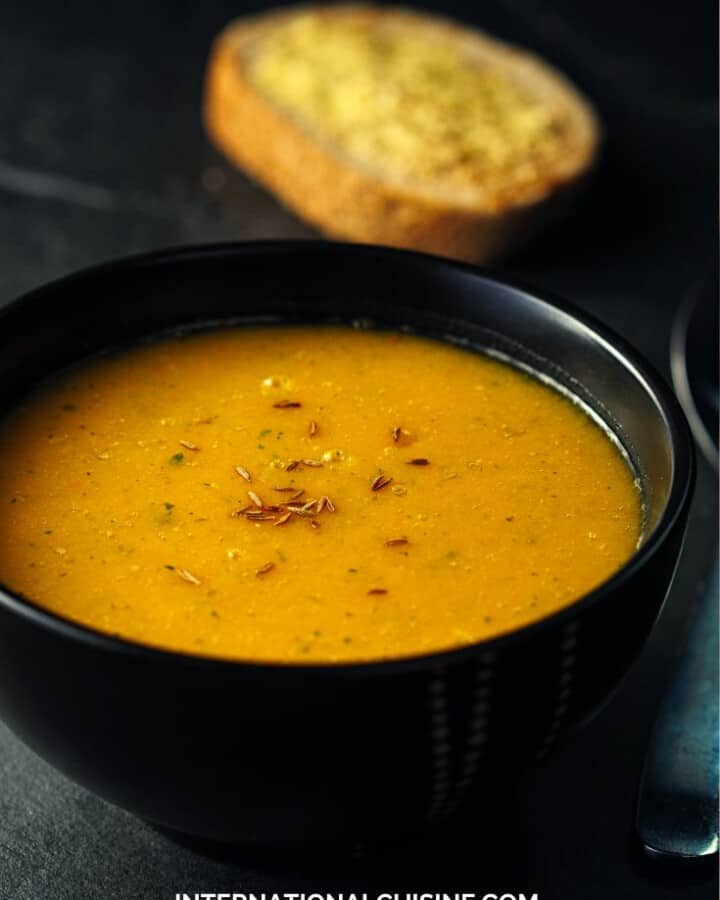How did Russia get its name?
“Rus” was a medieval state that was inhabited by mostly Eastern Slavs. However, the name Russia did not become prominent until later in history. The country was usually called by its inhabitants, Russkaja zemlja, which is translated to Russian Land or Land of Rus. Today the official name is the Russian Federation.
Where is Russia located?
Russia is massive. It’s the largest country in the world in total area, with 6.6 million square miles, and covers much of northern Eurasia. Due to its size, it is no surprise it has many neighbors; 14 in fact. They are: Norway, Finland, Estonia, Latvia, Lithuania, Poland, Belarus, Ukraine, Georgia, Azerbaijan, Kazakhstan, Mongolia, China and North Korea. It also borders the Arctic Ocean and the Pacific Ocean.
Russia is so large it covers 11 time zones. It has nearly every type of topography, from deserts to semiarid steeps, to deep forests and arctic tundra. It is home to Europe’s longest river, the Volga, and its largest lake, Ladoga. Baikal is also the deepest lake in the world and contains about 20 percent of the world’s fresh, unfrozen water. Russia gets the prize for the coldest temperature ever recorded outside the north and south poles. In Oymyakon, on February 6, 1933, the weather station recorded a temperature of -67.8 degrees Celsius (-90 degrees F.) The climate is as diverse as its topography. It has extreme winters which have helped save the country from foreign invaders. The climate adds a layer of difficulty to daily life, yet enriches its crops and natural resources.
A Not So Brief History of Russia
Russian history begins in 800 CE, when the Slavic people migrated into the area of Ukraine. The first United Eastern Slavic state was the Kievan Rus, established in 882. This kingdom expanded and grew until it reached its peak in 1015 and a written code of law was established. In 1237 the land was invaded by Mongols who destroyed most of the region’s cities. In 1462 Ivan III became the Grand Prince of Moscow and in 1480 freed Russia from the Mongols. In 1547, Ivan IV (a.k.a. Ivan the Terrible) was crowned the first Tsar of Russia. 1609 marked the beginning of the Polish-Russian war when Poland invaded. The year 1613 was the beginning of the Romanov Dynasty, that began when Michael Romanov was elected Tsar. This dynasty ruled until 1917.
In between there were many significant events. In 1648, riots broke out in Moscow over the introduction of a salt tax. In 1647 Russia invaded Poland, a peace treaty was signed in 1667. In 1689, Peter the Great became Tsar. He put Russia on the world’s stage when he introduced reforms and created a standing army. In 1703, Peter the Great founded the city of Saint Petersburg and in 1713 it became the capital of the Russian Empire. In 1721, Russia won the Great Northern War, gaining Estonia and Livonia. When Peter the Great died in 1725, his wife Catherine I took the reigns as Empress of Russia. In 1736 a war began against the Ottoman Empire. In 1762 Catherine II took the crown after the assassination of Peter III. She ruled for 34 years and is credited for what is considered to be the Golden Age of the Russian Empire. In 1812 Napoleon invaded Russia and his army was nearly destroyed by the harsh Russian winter. He was ultimately defeated in 1814. In 1867 Russia sold Alaska (almost 587,000 sq. miles) to the United States for 7.2 million dollars. In 1897 the Social Democratic party was established which later split into two, the Bolshevik and Menshevik, parties. In 1905 a Revolution occurred where 200 people were killed on “Bloody Sunday.” World War I began in 1914 and Russia would fight on the side of the Allies and invade Germany.
In 1917 the Russian Revolution occurred. The Tsarist government was overthrown and the communist Bolsheviks, under Vladimir Lenin, took control in the October Revolution. In 1918 the Russians exited World War I, giving up Finland, Poland, Latvia, Estonia and Ukraine. Also in 1918 Tsar Nicholas II and his family were executed by the Bolsheviks. The “Red Terror” began as Lenin instituted communism. Civil war then erupted. In 1921 Lenin announced his New Economic Policy and the following year the civil war ended and the Soviet Union was established.
In 1924 Lenin died and Joseph Stalin became the new leader. In 1934 Stalin’s Great Purge began. During this horrific period he eliminated any opposition to his regime and up to 20 million people were killed. In 1939 World War II began and Russia invaded Poland in an agreement with Germany. However, in 1941 Germany invaded Russia and Russia joined the Allies. In 1942 the Russian army defeated the German Army at the Battle of Stalingrad, which became a major turning point in World War II. The war ends in 1945 with the Soviet Union controlling much of Eastern Europe, including Poland and East Germany. Estimates are that 26 million lives were lost in Russia due to World War II, including 2 .1 million Jews who were victims of genocide. In 1949, the USSR developed nuclear weapons and an arms race began between the USSR and the United States which was known as the cold war.
In 1962 the Soviets placed missiles in Cuba which created the Cuban Missile Crisis. In 1979 the Soviets began the Soviet-Afghanistan war which they ultimately left in defeat some 20 years later. In 1980 the summer Olympics were held in Moscow, however many countries boycotted the games, including the US. In 1985 Mikhail Gorbachev was elected and instituted freedom of speech, openness of the government and a restructuring of the economy. In 1991 the USSR collapsed and many previously controlled Russian countries gained their independence. The country of Russia was then established. In 2000 Vladimir Putin was elected president and remains in that position today.
Russian Culture
Although all the people who live in Russia are referred to as “Russians” there are about 160 different ethnic groups. Russian is the official language, however over 100 languages are spoken. The Russian language uses the Cyrillic alphabet, containing 33 letters. This old Slavic alphabet was developed in the 9th century with the spread of Christianity. The majority of Russians identify with the Eastern Orthodox Christian religion, but Islam, Judaism and Buddhism are also practiced in Russia.
Each city in Russia is unique and has its own culture. Siberia reflects the challenges of the Far East in Russia with its bitterly cold winters and diverse, ethnic communities. Moscow, Russia’s capital city is home to many important symbols of Russian culture like the Kremlin, St. Basil’s Cathedral, the Tretyakov Gallery and their famous subway or metro system, to name a few. St. Petersburg is Russia’s second capital and is considered the most “European like.”
Russia celebrates most western holidays including Christmas, New Years and especially Easter. Additionally, they also have their own celebrations for Victory Day, International Women’s day including Tatiana Day (a special day to recognize women named Tatiana), Mens Day, and Cosmonaut Day, which celebrates Russia’s achievements in space exploration. Aside from holidays, Russia also has a host of unique traditions, like how to drink a bottle of Vodka or how many flowers should be properly given to a woman.
Many families have a dacha, which is a summer cottage in the countryside where they spend time with family and friends and tend to their vegetable gardens and fruit trees. Many dachas also have a Banya or a Russian sauna as well. The road conditions can be challenging inside and outside the city, so tremendous care is given to dodging potholes.
Russian culture has a rich history which includes influential arts like literature, philosophy, classical music, ballet, architecture, master painting, cinema and animation. A few of their unique handicrafts include Russian nesting dolls, called Matryoshka dolls or Babushka dolls, painted Easter eggs including the famed Fabergé eggs. Additionally, exotically painted lacquer boxes, as well as intricately designed samovars which are vessels to boil water for tea.
Russians are known to be extremely hospitable and will likely invite you to join them for a drink or a meal.
Russian Cuisine
Russian cuisine is as diverse as its vast land and cultures. It is influenced by northern and eastern European countries, Central Asian, Siberian and East Asian influences. Its foundation however lies with the rural population, in an often harsh climate and is considered peasant food. Crops of rye, wheat, barley and millet, lay the basis for all sorts of breads, pancakes, cereals, beer and their famous vodka. Additionally, a combination of fish, pork, poultry, caviar, berries, honey and mushrooms make up popular ingredients in many of their delicious dishes, along with potatoes, beets, and carrots. Sour cream is ubiquitous and seasonings like dill, caraway, coriander and paprika are common. Pickled products are also loved, such as cabbage, cucumbers and apples etc.
Pelmeni is considered to be the national dish, which is typically a minced meat filling wrapped in a thin dough, somewhat similar to a dumpling, and which can be filled with an array of other items as well. It is typically served in a broth or slathered in butter or sour cream. Other common main dishes include beef stroganoff, shashlik, which is a form of shish kabob, as well as kotlety, which are fried meatballs. Smoked meats and fish are also extremely popular. All sorts of desserts and pastries are beloved like pirozhki which are small stuffed buns filled with all sorts of ingredients, honey cakes, blinis and kulich (which is a kind of Easter bread), all very popular.
So let’s enjoy a Russian meal:
The Menu
Starter
Blini (Buckwheat Pancakes topped with Salmon and Caviar)
Soup course
Borscht (Russian Beet Soup)
Served with
Russian Black Bread
Main Course
Pelmeni (Russian Dumplings)
Served with
Russian Salad (Potato salad)
Dessert
Medovik (Layered Honey Cake)
We set the scene in the colors of the Russian flag; blue, red and white. We placed other items to represent the country, such as a pelmeni dumpling maker, a bottle of vodka with crystalline shot glasses, a bear, considered to be the sacred animal and symbol of Russia since the 16th century. A ballerina was placed to represent their impressive world renowned ballet, mushrooms as a beloved ingredient in their cuisine, a jar of caviar and blinis. We added a hockey stick and puck which is one of their national sports and lastly a few white, chamomile flowers; which is the national flower and the component in their world-famous tea. To set the mood, we played classical music written by their most famous Russian composer, Tchaikovsky.
We began with a toast, a shot of vodka and said “Nostrovia” which actually is a way of saying “thank you for the meal and drinks.” Strangely in a country that toasts a lot of vodka with family and friends, they really don’t have an official toasting saying, so “Nostrovia” will have to do. Our first course was one of my favorite dishes; blinis (little buckwheat pancakes) with sour cream, smoked salmon and topped with caviar. It is simply a heavenly bite.
Our soup course was next with their famous borscht soup. It is made with beets which gives its rich, red color. Borscht is hearty and could be served as a meal by itself but perhaps with a piece of their most delicious black bread that is ubiquitous there. The soup is topped with sour cream and dill. It is said that borscht likely originated in Ukraine but it is served and beloved throughout all of Russia.
Our main course was the delectable little dumplings called pelmeni. These treats were made with mushrooms, since I had vegetarian guests while serving this meal. They were served in a lovely broth, along with an Olivier salad also known as Russian Salad. It is somewhat akin to a potato salad and was hearty and delicious. Another popular version of the Russian Salad is made with chopped cucumber and tomatoes in dressing.
For dessert, an eight layered honey cake called medovik covered in cream and berries was served. It was scrumptious along with a cup of tea, as the tea culture in Russia is as popular as its vodka.
We ended our evening by watching Swan Lake, a ballet composed by Tchaikosky in 1875.
Until next time,
До встре́чи!
Until next time!
[da vstryé-chee]
Darlene
Craving even more? Be sure to join the culinary and cultural journey around the world so you don’t miss a thing, it’s free, You can also follow me on Instagram, Facebook , Pinterest and youtube to follow along as well.

